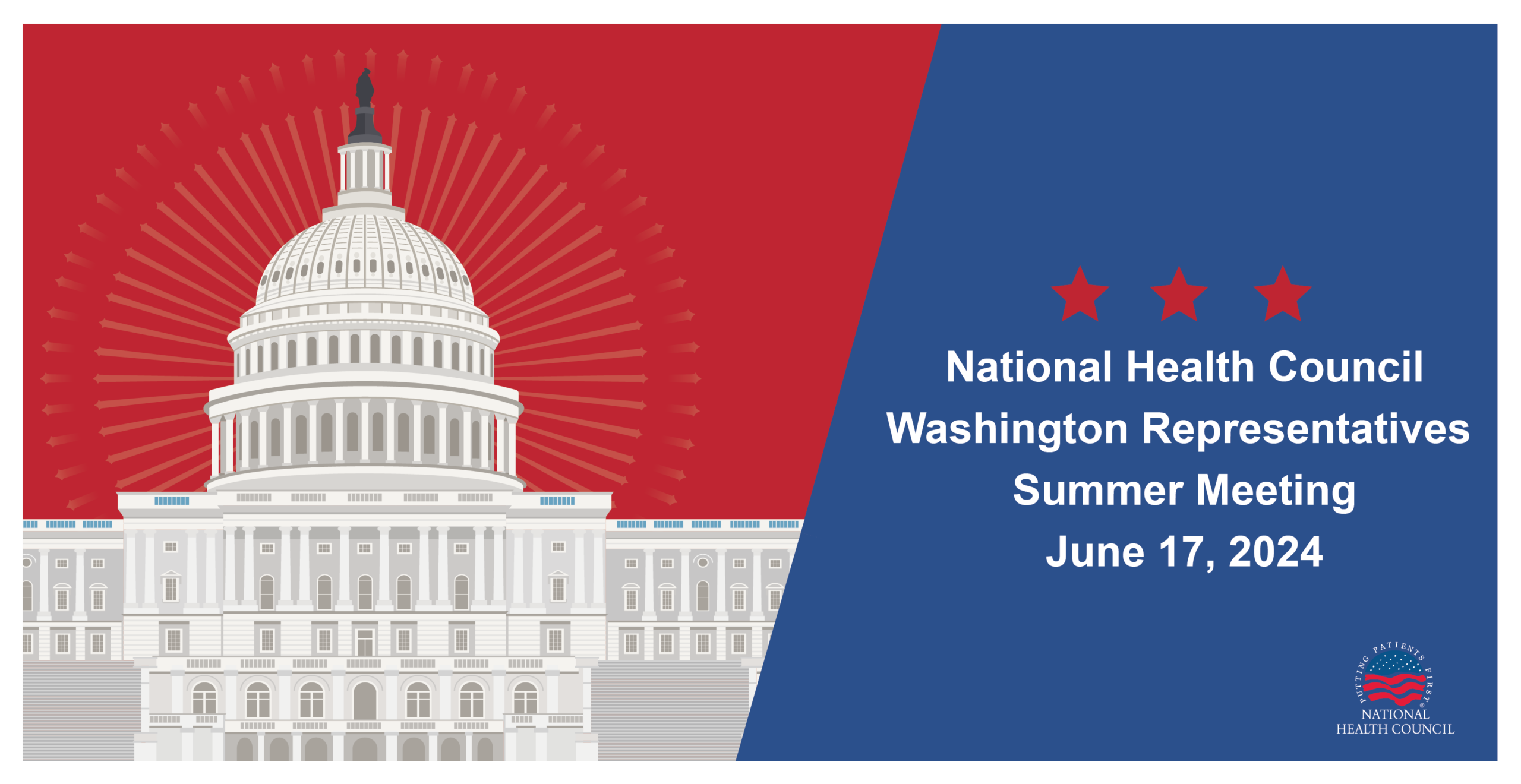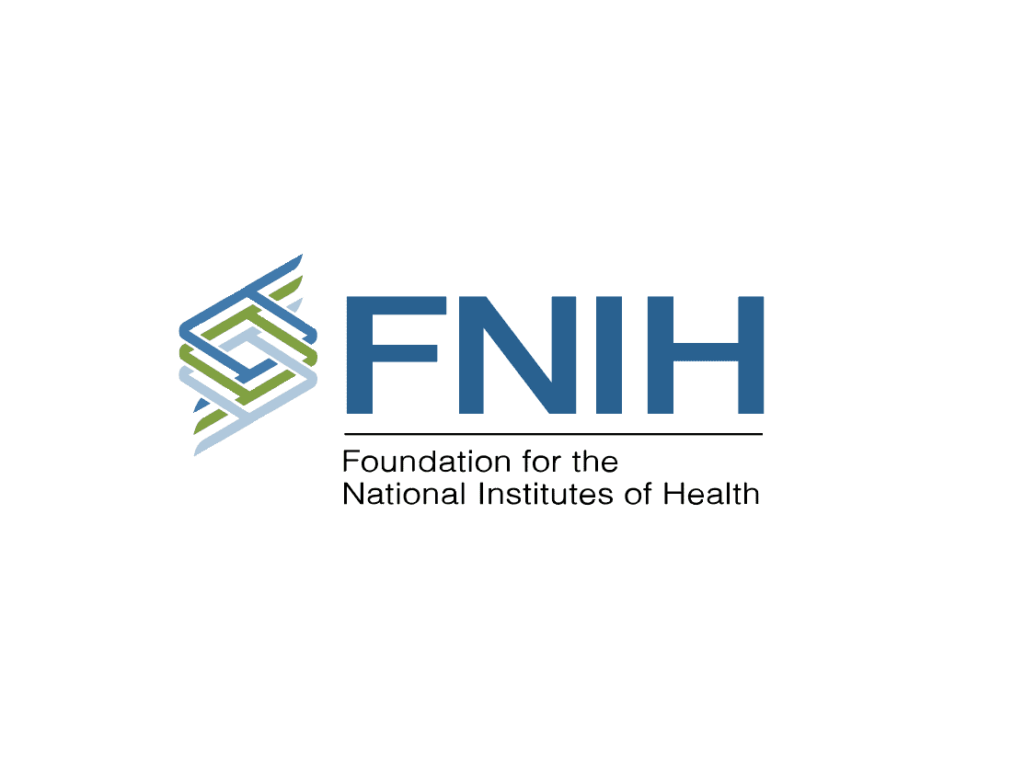

Washington Representatives Summer Meeting Brings Policymakers and Patient Advocates Together to Assess and Shape the Health Care Agenda
By: Eric Gascho, Senior Vice President, Policy & Government Affairs
The National Health Council (NHC) held its Washington Representatives Summer Meeting on June 17 on Capitol Hill. The conference brought leading policymakers and Capitol Hill observers together with about 100 government relations and policy professionals from NHC’s member organizations to examine important issues across the legislative, legal, and regulatory landscape, and their impact on patients and the health care marketplace.
From the use of artificial intelligence (AI) in health care to telehealth, transparency, and the role of patient advocacy in policymaking, important themes emerged that will help the NHC and its members engage – and collaborate with – legislators to ensure our nation’s health care policies provide equal access, quality, and affordability for all patients.
NHC Chief Executive Officer Randy Rutta and I welcomed attendees and introduced Axios Health Reporter Victoria Knight. Knight briefed attendees on the health care policy landscape in Washington, naming telehealth extension, pharmacy benefit manager (PBM) transparency, and drug pricing as the top legislative priorities from her perspective. She identified U.S. Representative Cathy McMorris Rodgers (R-WA), Chair of the House Energy and Commerce Committee, as the most important legislator in the negotiations surrounding those key pieces of legislation.
The meeting included two panels where bipartisan House and Senate Committee staffers discussed their priorities for the remainder of the 118th Congress. One panel agreed that telehealth extension, Centers for Medicare & Medicaid Services (CMS) out-of-pocket expenses, and the Safe Step Act are their Chamber’s top health care priorities. They encouraged patients and patient organizations to continue their grassroots push to get these and other key bills passed before the Fall elections or in the post-election “lame duck” session.
Another panelist reiterated the importance of grassroots advocacy from patient organizations, and how organizations like the NHC and its allies help inform and shape legislative proposals.
Their panel also discussed telehealth and other legislative priorities and the importance of responding to Requests for Information (RFIs) and legislative discussion drafts in policymaking and encouraged meeting attendees and their organizations to participate in the RFI process, so that the patient perspective is never lost in the policy formulation process.
Everyone at the meeting recognized the Congressional health care policy agenda is jam-packed, and that making legislative progress in an election year will be a challenge; however, they also agree the post-election “lame duck” session presents an opportunity to get several of the key bills passed before new Congressional and Presidential terms begin in January.
The use of AI in health care was a “hot topic” throughout the meeting. Speakers, panelists, and attendees agreed that the use of AI in health care is here to stay and holds much promise, but they also agree it is essential to keep humans – doctors and their patients – at the forefront of the health care system, as society learns how best to incorporate AI into diagnosis, treatment, and administrative functions.
During an AI-specific panel session, House and Senate staffers briefed attendees on ways AI will advance health care by streamlining things like notetaking and transcription. They also agreed AI will accelerate the development and approval of new therapies, free up doctors to spend more time with patients and improve radiology review and diagnosis.
However, virtually all the day’s speakers and panelists, when asked, believe there is a lot of policy work to do regarding health care AI and privacy issues. In addition, most panelists and many attendees expressed concern about how AI can present access challenges, such as the use of algorithms to make prior authorization and other coverage decisions.
The meeting concluded with a “meet & greet” reception, where attendees and speakers discussed the day’s topics and networked in a casual atmosphere while continuing their work of making the U.S. health care system better for the 160 million Americans with chronic diseases or disabilities.


